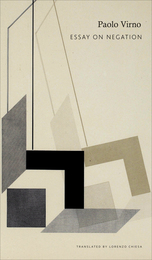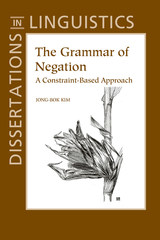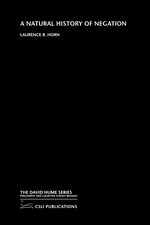
Presenting cutting-edge research in syntax and semantics, this important volume furthers theoretical claims in generative linguistics and represents a significant addition to present scholarship in the field. Leading scholars present crosslinguistic studies dealing with clausal architecture, negation, and tense and aspect, and the issue of whether a statistical model can by itself capture the richness of human linguistic abilities. Taken together, these contributions elegantly show how theoretical tools can propel our understanding of language beyond pretheoretical descriptions, especially when combined with the insight and skills of linguists who can analyze difficult and complex data.
Crosslinguistic Research in Syntax and Semantics covers a range of topics currently at the center of lively debate in the linguistic literature, such as the structure of the left periphery of the clause, the proper treatment of negative polarity items, and the role of statistical learning in building a model of linguistic competence. The ten original contributions offer an excellent balance of novel empirical description and theoretical analysis, applied to a wide range of languages, including Dutch, German, Irish English, Italian, Malagasy, Malay, and a number of medieval Romance languages. Scholars and students of semantics, syntax, and linguistic theory will find it to be a valuable resource for ongoing scholarship and advanced study.

As speaking animals, we continuously make use of an unassuming grammatical particle, without suspecting that what is at work in its inconspicuousness is a powerful apparatus, which orchestrates language, signification, and the world at large. What particle might this be? The word not.
In Essay on Negation, Paolo Virno argues that the importance of the not is perhaps comparable only to that of money—that is, the universality of exchange. Negation is what separates verbal thought from silent cognitive operations, such as feelings and mental images. Speaking about what is not happening here and now, or about properties that are not referable to a given object, the human animal deactivates its original neuronal empathy, which is prelinguistic; it distances itself from the prescriptions of its own instinctual endowment and accesses a higher sociality, negotiated and unstable, which establishes the public sphere. In fact, the speaking animal soon learns that the negative statement does not amount to the linguistic double of unpleasant realities or destructive emotions: while it rejects them, negation also names them and thus includes them in social life. Virno sees negation as a crucial effect of civilization, one that is, however, also always exposed to further regressions. Taking his cue from a humble word, the author is capable of unfolding the unexpected phenomenology of the negating consciousness.



READERS
Browse our collection.
PUBLISHERS
See BiblioVault's publisher services.
STUDENT SERVICES
Files for college accessibility offices.
UChicago Accessibility Resources
home | accessibility | search | about | contact us
BiblioVault ® 2001 - 2025
The University of Chicago Press









